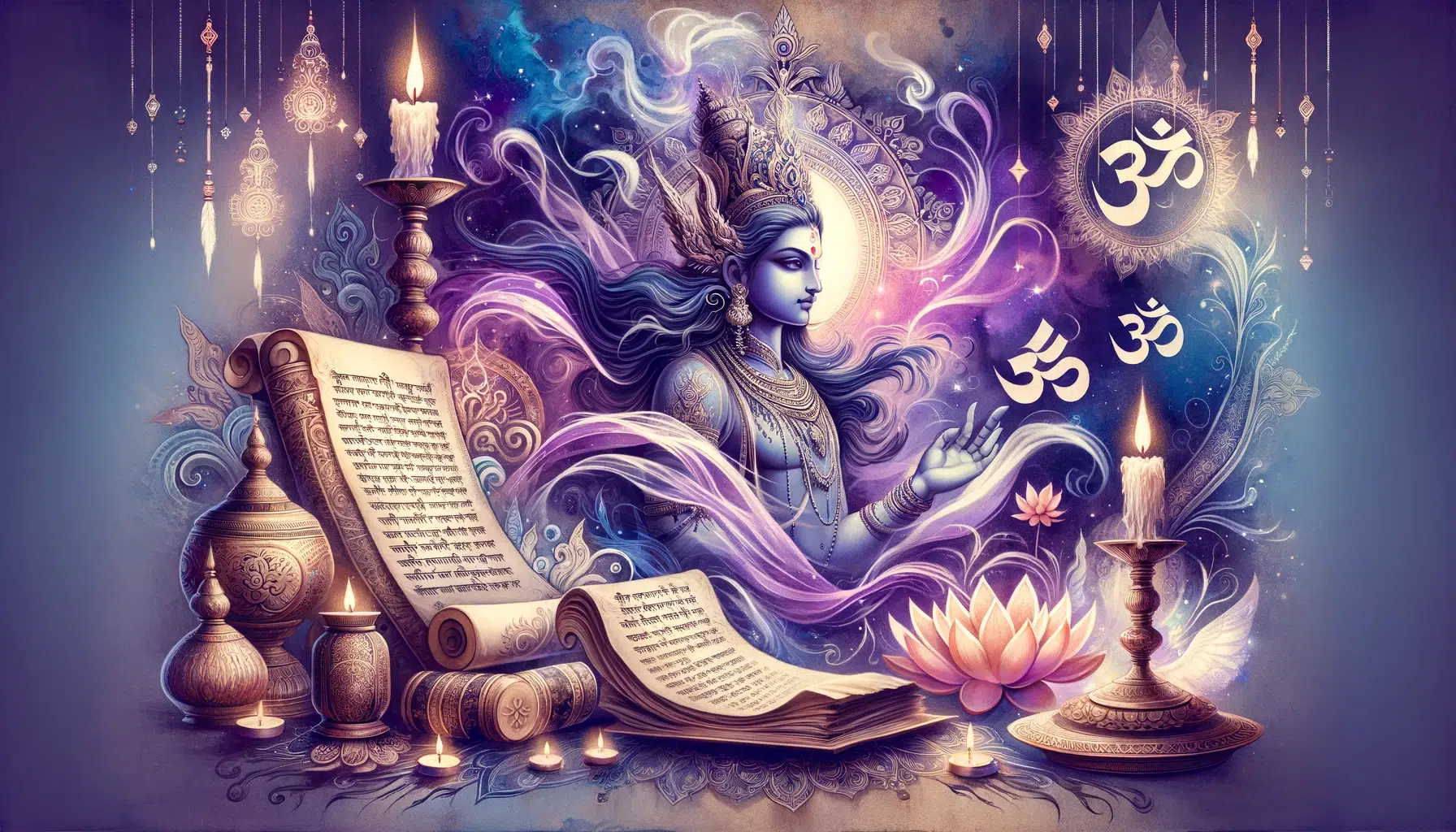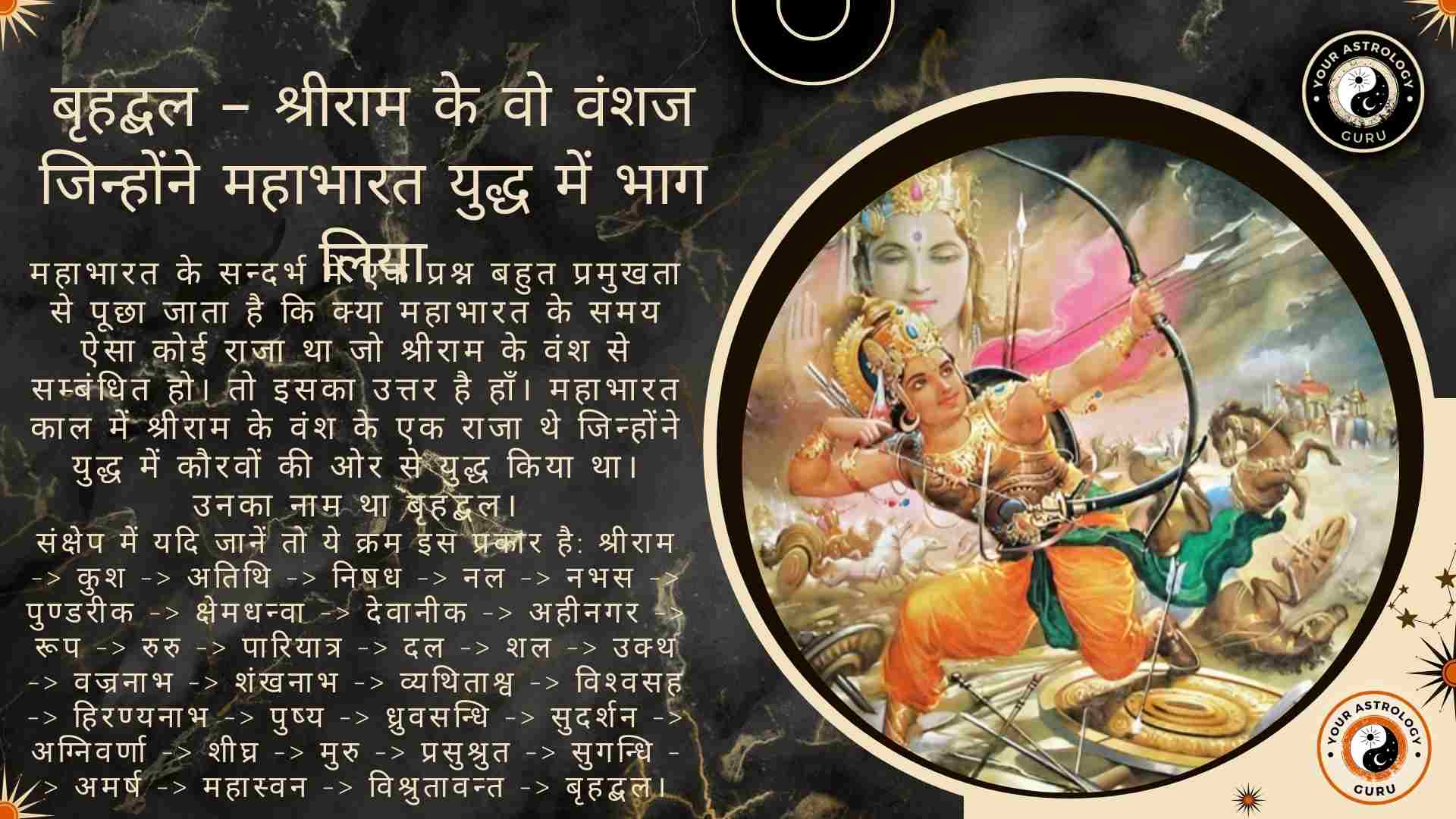Vedant Darshan, also known as Vedanta, is a school of philosophy that originated in ancient India. The word “Vedanta” is derived from two Sanskrit words – “Veda” meaning knowledge and “anta” meaning end or conclusion. Therefore, Vedanta can be understood as the culmination of knowledge or the ultimate truth.
The history of Vedanta can be traced back to the Upanishads, which are ancient texts that form the concluding part of the Vedas, the sacred scriptures of Hinduism. The Upanishads contain profound philosophical and spiritual teachings that explore the nature of reality, the self, and the ultimate truth. These teachings were later systematized and expounded upon by various philosophers and scholars, leading to the development of Vedant Darshan as a distinct school of thought.
Vedant Darshan holds great importance in Indian philosophy and spirituality. It is considered one of the six orthodox schools of Hindu philosophy and has had a profound influence on various religious and spiritual traditions in India. The teachings of Vedant Darshan have been incorporated into Hinduism, Buddhism, and Jainism, among other traditions. It provides a comprehensive understanding of the nature of reality and the self, offering guidance on how to attain spiritual liberation and ultimate union with the divine.
Table of Contents
The Concept of Atman and Brahman in Vedant Darshan
Atman and Brahman are two fundamental concepts in Vedant Darshan that are central to understanding the nature of reality and the self. Atman refers to the individual self or soul, while Brahman refers to the ultimate reality or cosmic consciousness.
According to Vedant Darshan, Atman is not separate from Brahman but is essentially one with it. The individual self is considered to be a manifestation or reflection of the universal self. Just as a wave is not separate from the ocean, the individual self is not separate from the cosmic self. This concept is often expressed through the famous statement “Tat Tvam Asi,” which means “That Thou Art.” It signifies the identity of the individual self with the universal self.
The relationship between Atman and Brahman is of utmost significance in spiritual growth. Recognizing the true nature of the self as divine and realizing its oneness with the ultimate reality is considered essential for attaining liberation or moksha. This realization leads to a transcendence of the ego and a deep sense of unity with all beings and the cosmos. It is through this realization that one can experience true peace, bliss, and liberation from the cycle of birth and death.
The Four Paths to Spiritual Enlightenment in Vedant Darshan
Vedant Darshan offers four paths, known as Yogas, for spiritual growth and enlightenment. These paths are Karma Yoga, Bhakti Yoga, Raja Yoga, and Jnana Yoga.
Karma Yoga is the path of selfless action. It emphasizes performing one’s duties without attachment to the results. By offering one’s actions to a higher power or for the benefit of others, one can purify the mind and cultivate selflessness.
Bhakti Yoga is the path of devotion and love for the divine. It involves developing a deep emotional connection with a personal deity or form of God. Through prayers, rituals, and surrendering to the divine, one can experience a profound sense of love and devotion.
Raja Yoga is the path of meditation and control of the mind. It involves practicing various techniques such as concentration, breath control, and meditation to still the mind and attain higher states of consciousness. Through Raja Yoga, one can experience inner peace, clarity, and union with the divine.
Jnana Yoga is the path of knowledge and wisdom. It involves intellectual inquiry into the nature of reality and the self. By studying sacred texts, reflecting on their teachings, and engaging in self-inquiry, one can gain a deeper understanding of the ultimate truth and attain self-realization.
Choosing the right path for oneself depends on individual temperament and inclination. Some may find solace in devotional practices, while others may resonate more with meditation or selfless service. It is important to choose a path that aligns with one’s natural tendencies and allows for personal growth and spiritual evolution.
The Role of Karma in Vedant Darshan
Karma is a fundamental concept in Vedant Darshan that plays a significant role in one’s spiritual growth. Karma refers to the law of cause and effect, where every action has consequences. According to Vedant Darshan, every action leaves an impression or samskara on the mind, which influences future thoughts, actions, and experiences.
Karma can either be binding or liberating, depending on the intention behind the action. Actions performed with selfish motives and attachment to the results lead to bondage and further entanglement in the cycle of birth and death. On the other hand, actions performed selflessly and without attachment can purify the mind and lead to spiritual growth.
Managing karma involves cultivating awareness of one’s actions, thoughts, and intentions. It requires practicing selflessness, compassion, and mindfulness in all aspects of life. By consciously choosing actions that are in alignment with one’s higher values and spiritual goals, one can gradually reduce negative karma and create positive karma.
It is important to note that karma is not deterministic but rather provides an opportunity for growth and transformation. Through self-awareness and conscious choice-making, one can break free from karmic patterns and create a more positive future.
The Importance of Self-Realization in Vedant Darshan
Self-realization is a central goal in Vedant Darshan. It refers to the direct experience and realization of one’s true nature as the divine self or Atman. Self-realization involves transcending the limited identification with the body, mind, and ego and recognizing the eternal, unchanging essence within.
Self-realization is considered essential for spiritual growth and liberation. It is through self-realization that one can break free from the cycle of birth and death and attain moksha or liberation from suffering. Self-realization brings about a profound shift in consciousness, leading to a deep sense of peace, bliss, and unity with all beings and the cosmos.
Practical tips for achieving self-realization include regular meditation, self-inquiry, and contemplation on the nature of reality and the self. It is important to cultivate self-awareness, observe the mind and its tendencies, and question the beliefs and identifications that create a sense of separation. By letting go of attachments, desires, and false identifications, one can gradually uncover the true nature of the self and experience self-realization.
The Significance of Meditation in Vedant Darshan
Meditation is a key practice in Vedant Darshan that plays a vital role in spiritual growth and self-realization. Meditation involves training the mind to focus and concentrate, leading to a state of deep inner stillness and awareness.
In Vedant Darshan, meditation is seen as a means to quiet the mind and transcend its limitations. Through meditation, one can directly experience the true nature of the self beyond thoughts, emotions, and sensory perceptions. It allows for a direct connection with the divine consciousness or Brahman.
Practical tips for practicing meditation include finding a quiet and comfortable space, adopting a comfortable posture, and focusing on a chosen object of meditation such as the breath or a mantra. It is important to approach meditation with patience, consistency, and an open mind. Regular practice can lead to increased clarity, peace of mind, and spiritual growth.
The Role of Guru in Vedant Darshan
In Vedant Darshan, a Guru is considered essential for spiritual growth and guidance. The word “Guru” means “dispeller of darkness” and refers to a spiritual teacher or guide who has realized the ultimate truth and can lead others on the path of self-realization.
The Guru serves as a source of inspiration, wisdom, and guidance. They provide teachings, practices, and personal guidance to help seekers overcome obstacles, clarify doubts, and deepen their spiritual understanding. The Guru acts as a mirror, reflecting the true nature of the self and guiding the seeker towards self-realization.
Finding the right Guru is a deeply personal and intuitive process. It is important to seek a Guru who resonates with one’s spiritual aspirations and values. Trust, respect, and a genuine connection are essential in the Guru-disciple relationship. It is also important to approach the Guru with humility, openness, and a willingness to learn and grow.
The Relationship between Vedant Darshan and Yoga
Yoga is closely related to Vedant Darshan and is often considered a practical means to attain self-realization. The word “Yoga” means union or integration and refers to various practices that aim to unite the individual self with the universal self.
In Vedant Darshan, Yoga is seen as a means to purify the mind, control the senses, and cultivate self-discipline. It provides a framework for integrating body, mind, and spirit in order to attain higher states of consciousness.
There are different types of Yoga that are practiced in Vedant Darshan. Karma Yoga, Bhakti Yoga, Raja Yoga, and Jnana Yoga are all considered paths to spiritual growth and self-realization. Each path emphasizes different practices and approaches but ultimately leads to the same goal of union with the divine.
The Connection between Vedant Darshan and Advaita Philosophy
Advaita Philosophy is closely connected to Vedant Darshan and is often considered its highest expression. Advaita means “non-dual” and refers to the philosophy that recognizes the ultimate reality as non-dual consciousness or Brahman.
Advaita Philosophy teaches that the individual self (Atman) and the universal self (Brahman) are essentially one and the same. The apparent duality of the world is seen as an illusion, and the true nature of reality is understood as pure consciousness.
Advaita Philosophy emphasizes the direct realization of this non-dual reality through self-inquiry, meditation, and contemplation. It teaches that liberation or moksha is attained by recognizing the illusory nature of the ego and realizing one’s true identity as pure consciousness.
The Influence of Vedant Darshan on Indian Culture and Spirituality
Vedant Darshan has had a profound influence on Indian culture and spirituality. Its teachings have permeated various religious, philosophical, and spiritual traditions in India.
Vedant Darshan has shaped the way people understand the nature of reality, the self, and the ultimate truth. It has provided a framework for spiritual growth and liberation, offering guidance on how to live a meaningful and purposeful life.
The teachings of Vedant Darshan have influenced various aspects of Indian culture, including art, literature, music, and dance. Many classical Indian texts, such as the Bhagavad Gita and the Upanishads, contain profound philosophical teachings that are rooted in Vedant Darshan.
Vedant Darshan has also influenced spiritual practices in India, such as yoga, meditation, and devotional rituals. It has provided a philosophical foundation for these practices and has deepened their spiritual significance.
Applying Vedant Darshan in Daily Life: Practical Tips for Spiritual Growth
Applying Vedant Darshan in daily life involves integrating its teachings into one’s thoughts, actions, and relationships. It requires cultivating self-awareness, practicing selflessness, and aligning one’s life with higher values and spiritual goals.
Practical tips for applying Vedant Darshan in daily life include:
1. Cultivating self-awareness: Regularly observe your thoughts, emotions, and actions. Notice any patterns or tendencies that create a sense of separation or suffering. Cultivate mindfulness and presence in each moment.
2. Practicing selflessness: Engage in acts of kindness, compassion, and service to others. Practice generosity and let go of attachments to outcomes. Cultivate a sense of interconnectedness and unity with all beings.
3. Reflecting on the nature of reality: Spend time contemplating the teachings of Vedant Darshan and reflecting on the nature of reality and the self. Question your beliefs and identifications that create a sense of separation. Seek to uncover the true nature of the self beyond thoughts and perceptions.
4. Living with integrity: Align your actions with your values and spiritual goals. Practice honesty, integrity, and ethical behavior in all aspects of life. Let go of harmful habits or behaviors that hinder spiritual growth.
5. Nurturing spiritual practices: Dedicate time each day for meditation, prayer, or other spiritual practices that resonate with you. Create a sacred space or altar where you can connect with the divine. Seek guidance from a Guru or spiritual teacher.
6. Embracing challenges as opportunities for growth: View challenges and difficulties as opportunities for growth and transformation. Embrace them with an open mind and a willingness to learn and evolve.
By applying Vedant Darshan in daily life, one can cultivate spiritual growth, deepen their connection with the divine, and experience greater peace, joy, and fulfillment. It is through the integration of these teachings into everyday life that one can truly embody the wisdom of Vedant Darshan.















